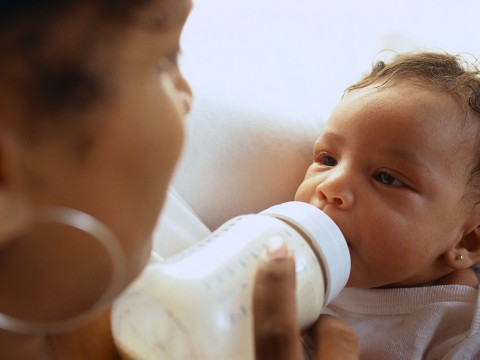A lot of moms who EP would tell you they have a love/hate relationship with their breast pumps. EPing brings with it a slew of emotions. Casemore says it often involves a grieving process for unfulfilled expectations, yet EPing moms need to recognize they are still doing well for their babies.
She says the first two to three months are the hardest. Generally, milk supply is established by the third month. Until that point, pumping frequently””every two to three hours””is necessary to get milk supply where it needs to be to continue EPing longer term, which is different from pumping to supplement milk given from the breast.

“When a mother’s pumping, it’s so critical that she understands the process of lactation,” Casemore says, pointing out that especially for moms with NICU babies who start on the pump, their body begins lactating for the pump. When they try to switch to the breast after the baby is stronger, their bodies might not lactate for the baby at first. “It’s really crucial that you start early and pump with high frequency … until your supply starts to increase.” Breast milk can be frozen for 12 months.
Of course the pump itself plays a large role in EPing. Casemore says a double pump has been proved to work best. She recommends staying away from a solely battery-powered pump because the batteries can rundown slowly and decrease suction. The two most popular pumps among EPing moms are the Medela Pump In Style and the Ameda Purely Yours.
Other supplies that come in handy while EPing are extra bottles, milk storage bags, some sort of sterilizer, the right sized pump flange, a hands-free bra and even a car adapter (for pumping away from home).
Related links:
Stephanie Casemore’s Exclusively Pumping
Medela microwave sterilizing bags
Hands-free pumping bra